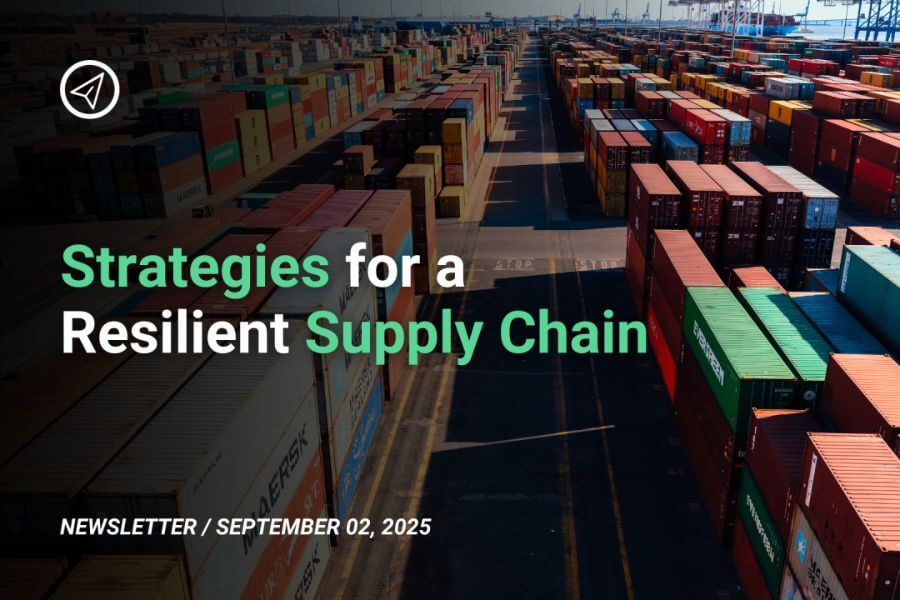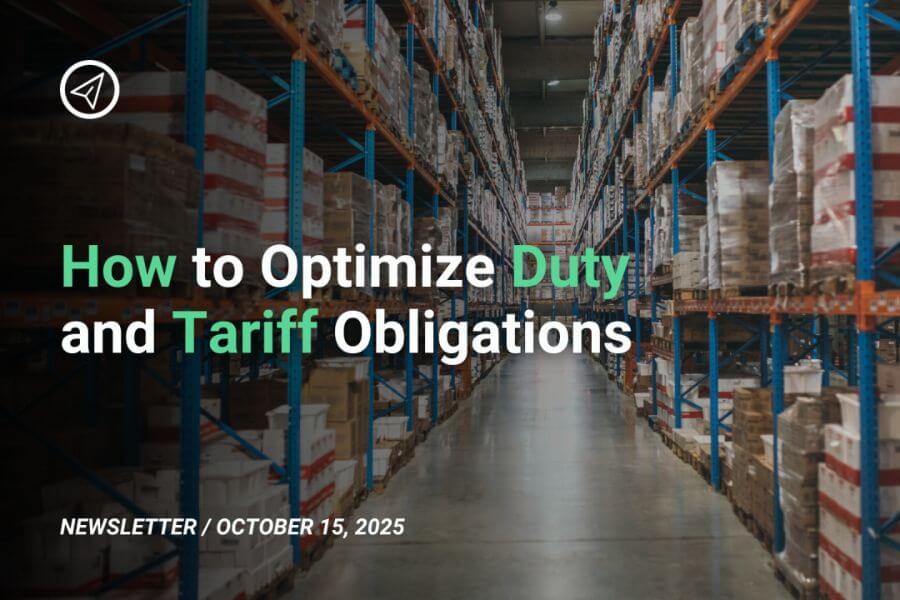Logistics risk management is the process of identifying, assessing, and mitigating risks that disrupt the flow of goods. From geopolitical tensions and natural disasters to cyberattacks and driver shortages, the threats to logistics operations are varied, complex, and costly. Businesses that manage these risks effectively not only safeguard their supply chains but also gain a competitive edge through resilience, reliability, and customer trust.
Understanding logistics risks
Logistics risks fall into several categories, each affecting supply chain performance in different ways:
- Operational risks
- Financial risks
- Geopolitical and regulatory risks
- Environmental risks
- Technological and cybersecurity risks
- Market risks
The importance of risk management in logistics
A single supply chain disruption can cause millions in losses. In 2021, the blockage of the Suez Canal delayed nearly 12% of global trade for just under a week, with ripple effects lasting months. Similarly, U.S. trucking bottlenecks, port congestion, and container shortages in 2020–2022 exposed how fragile even robust systems can be.
Effective logistics risk management ensures:
- Continuity: Keeping goods moving, even in crisis.
- Cost control: Avoiding penalties, inflated freight rates, and emergency shipping fees.
- Reputation protection: Meeting customer expectations despite disruptions.
- Regulatory compliance: Preventing fines and delays from customs or safety issues.
Steps in logistics risk management
1. Risk identification
- Map the end-to-end supply chain: suppliers, transport modes, warehouses, distribution hubs.
- Use scenario planning to envision disruptions (e.g., port strikes, cyberattacks, demand surges).
- Incorporate supplier audits and data from logistics partners to expose weak links.
2. Risk assessment
- Rate risks based on likelihood and potential impact.
- Use tools like Failure Mode and Effects Analysis (FMEA) or Risk Heat Maps.
- Prioritize high-impact risks that affect revenue, customer trust, or regulatory compliance.
3. Risk mitigation strategies
- Diversify suppliers and transport modes: Avoid reliance on one route or partner.
- Invest in visibility tools: Real-time tracking, IoT-enabled sensors, and predictive analytics.
- Create redundancy: Backup warehouses, safety stock, and alternative ports of entry.
- Contractual safeguards: Force majeure clauses, insurance coverage, and flexible pricing terms.
- Workforce strategies: Cross-training employees, developing retention programs for drivers.
4. Risk monitoring
- Implement control towers for continuous monitoring of global shipments.
- Integrate AI and machine learning to forecast disruptions from weather, politics, or demand shifts.
- Partner with logistics providers who share real-time updates on capacity and performance.
5. Risk response and recovery
- Develop crisis management playbooks for major disruption scenarios.
- Establish clear communication channels with suppliers, customers, and regulators.
- Post-event, conduct a root-cause analysis to prevent recurrence.
Emerging trends in logistics risk management
- Digital twins
- Sustainability as risk control
- Cybersecurity integration
- Geopolitical diversification
- Collaborative risk sharing
Case example: Resilience in action
During the COVID-19 pandemic, many companies relying on single-source suppliers in Asia faced severe shortages when factories shut down. Businesses that had already adopted dual-sourcing strategies and maintained regional distribution hubs adapted more quickly. They not only continued operations but often gained market share from competitors left scrambling for alternatives.
Conclusion
By identifying vulnerabilities, assessing their potential impact, and deploying mitigation strategies, companies can shield themselves from costly disruptions. Beyond protection, effective risk management also creates opportunities: more resilient supply chains deliver consistent service, strengthen customer trust, and enable growth even under uncertainty.





